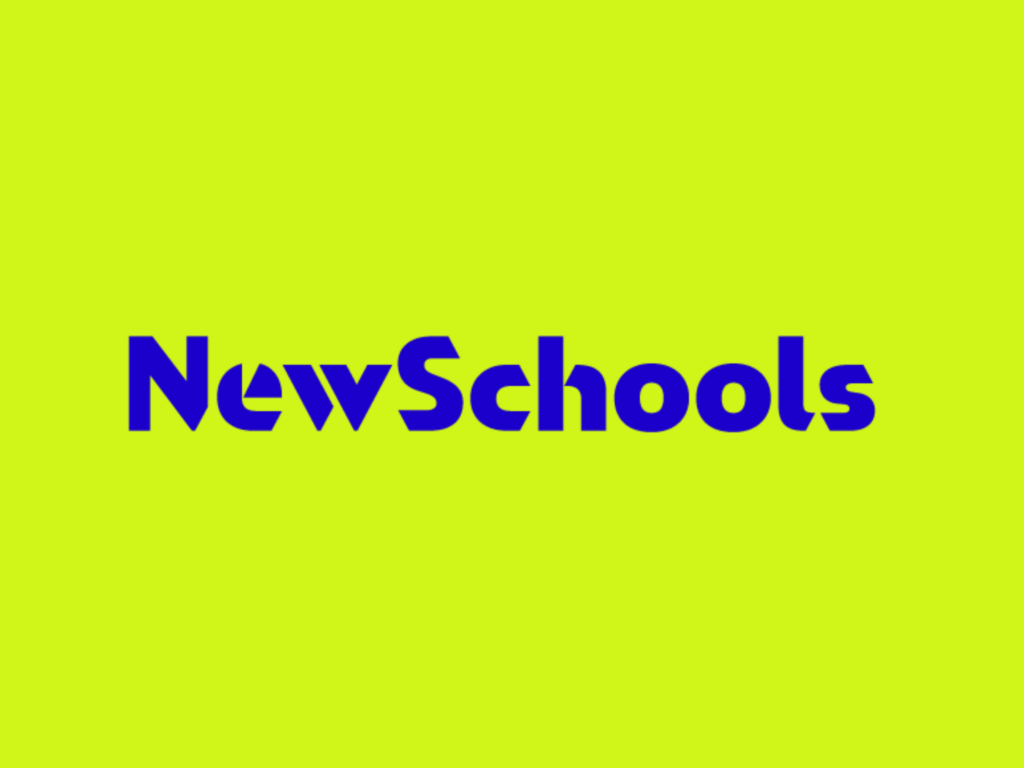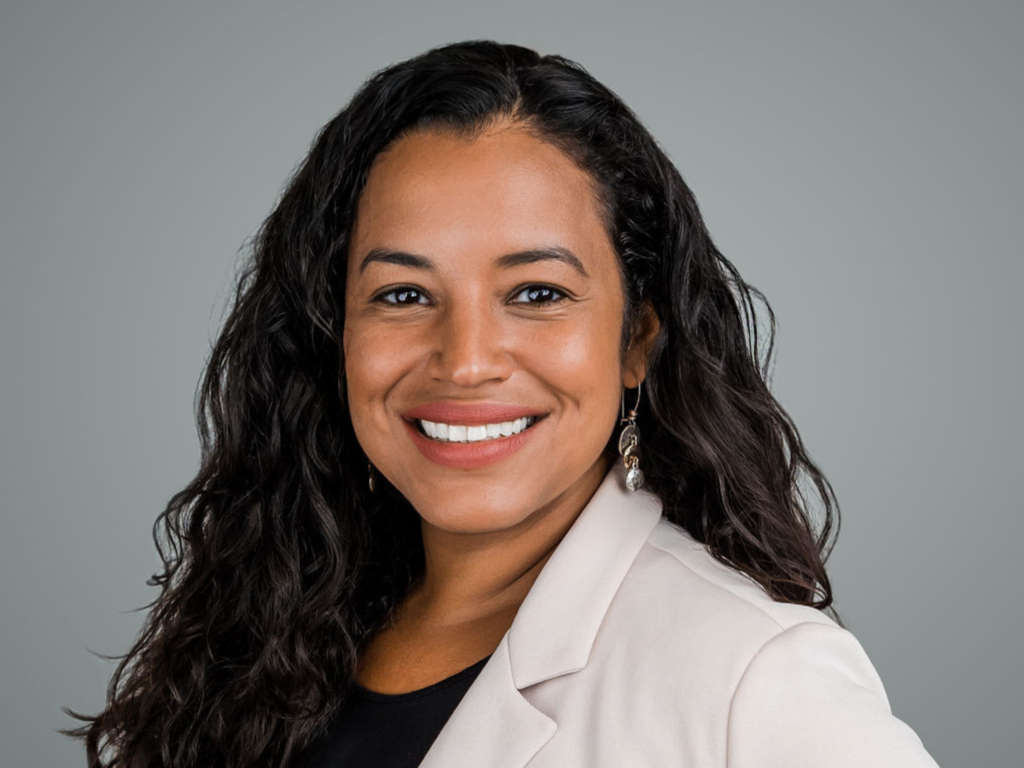The following post was originally published on EdSurge on October 10, 2017:
How do you find educators who want to completely rethink our notions of what a school is and design something entirely new?
That was the question gnawing at Scott Benson two years ago when he ran into his friend—and fellow senior leader in education—Aylon Samouha in a hallway at the iNACOL conference in Orlando.
“Aylon was in the early phase of founding what became Transcend Education,” says Benson, a managing partner for NewSchools Venture Fund. “And I asked him, ‘Aylon, how are you thinking about building pipelines for the kinds of teams that are reimagining education?’ And he said, ‘Good question. I’ve been thinking about it, but I’m not sure I have a good answer.’”
So their two organizations decided to work together, creating The Collaborative—a ten-month, intensive professional-development experience for ten school districts and charter school management organizations from across the country.
The ten teams met once each in San Francisco, Austin, and New York City and also worked with Collaborative staff and consultants locally over the course of the 2016-17 school year. At the end of the program, each had a plan of action.
A second iteration of The Collaborative started last month. Today, NewSchools and Transcend released a case study that looks at the first Collaborative. EdSurge talked to Benson about some of the findings in that study.
EdSurge: What did the school districts and charter networks typically focus on in the redesign work?
Scott Benson: I’ll give you three examples.
First, let’s talk about Gestalt Community Schools, which is a charter management organization in Memphis, Tennessee. They had already begun a process of designing a new middle school, called Nexus Middle School, to be a STEM-based school that incorporated personalized learning. They entered the program with a real desire to focus deeply on what it meant to have a more effective personalized learning experience in math—including everything from curriculum design and the use of technology to the roles of teachers and students in the classroom and the adoption of “passion projects.” They wanted to think about the entire school model, with an initial lens on math, but also thinking about the school holistically.
Second, there’s an organization called Hiawatha Academies in Minneapolis, Minnesota. And a lot of their focus was on making sure that they listened to their students, teachers, families and their community in an authentic way. They invited all of these stakeholders to be a part of a large team that came together to design a new middle school to be opened in 2018. And there was a big focus on how to make the curriculum speak to students while allowing them to express their own interests, desires and passions.
And then there’s the Spring Branch (Texas) Independent School District, which made a long-standing middle school its focus. They started with this idea of doing a fundamental redesign of the entire school and they may ultimately go there. However, their innovation for this coming year is a micro-school, a school within a school, that will allow them to test different components of a new kind of model. These include self-directed learning time, expeditions and executive coaches. In addition, the district is running its own version of the program for ten other schools in the district in hopes that others will follow a similar path.
Were there any elements that all the participants wanted to introduce to their schools?
There’s a consistent theme around interdisciplinary learning, trying to figure out how to more effectively collaborate across different subject areas. They are all keen to use technology to help personalize learning for students. And the last thing is increased opportunities for students to engage in leadership opportunities.
You used a lot of approaches—visits to innovative schools, guest speakers, readings, etc.—to get your first cohort thinking about substantive change. Which seemed the most effective triggers?
Number one, listening. Taking the time to listen to students, taking a step back and hearing from a wide variety of voices with an ear toward what is leading these students to success and where are the gaps and the limitations of the way that we are currently doing things.
Number two, just being in a cohort-based experience is powerful. Doing this alongside others over a course of time that allows you to develop real, authentic professional relationships with a wide variety of people is valuable.
Number three, undoubtedly learning visits to schools and other organizations. No one went to a school and said, “This is it. I simply have to implement this particular model.” More often it was the case that people were inspired by different elements of different schools. They would then come back as a team and talk about how they might incorporate those elements into their vision.
Tell us about some of the outcomes that most excited you.
In terms of its impact on what these schools are actually doing, nine of the ten are moving forward in some way with new innovations they weren’t planning to do before the program. So that’s a success.
Among this group, there were some—like Hiawatha, Gestalt and Citizens of the World (a charter network with six schools in three regions)—that used this opportunity to radically rethink the way they are operating at least one school over the coming year. Others were more comfortable making smaller adaptations.
Is there anything from The Collaborative experience that can be generalized for other schools or organizations that might be contemplating school design change?
Absolutely. One lesson we took away is that having a lens on equity in the design process is a helpful frame. You can look at it in a number of ways. We did it through empathy interviews with students and families, and that helped our school leaders develop empathy for the end user.
Our second lesson is to push people out of their comfort zones a little bit.
How’d you do that?
We did this a lot, but one way was through an exercise we called “The Probable Versus the Possible.” The way this worked was you had teams imagine they continued to do everything they’re doing now. What would be the probable outcome for students in their schools? Typically you would see a line of incremental improvement. “We’re getting better,” they’d say, “but we’re not getting better fast enough.” Then we’d ask them to imagine not just the probable but the possible. Where might they go if somehow they had a step change in improvement with some kind of newfangled technology or new curriculum or better student engagement?
That exercise proved powerful for a lot of people and helped them create a case for change.
Any takeaways about the people doing the work or how to support them?
We found that the composition of the team—making sure you have the right people on the bus, a team that is engaged in this work and that has the time to really focus on it—is instrumental. And having that team not just design in the abstract but actually having tangible goals that are time-bound.
The second point is around customized coaching. If people expect that teachers will just go to a seminar, learn about something, and walk away and then magic will happen—I’m not sure that theory of change works particularly well. We found that the combination of in-person experiences alongside custom coaching and an ongoing support mechanism between these sessions was valuable.
So my advice back to the broader field is don’t expect teams to create breakthrough innovations after a single big event. Try to find ways to keep the conversation alive, continue supporting and pushing people along their journey because they’re going to need that support.
Collaborative Learning
It wouldn’t be an educational exercise without homework. Here are some of the readings and other materials that Collaborative participants were asked to study last year:

